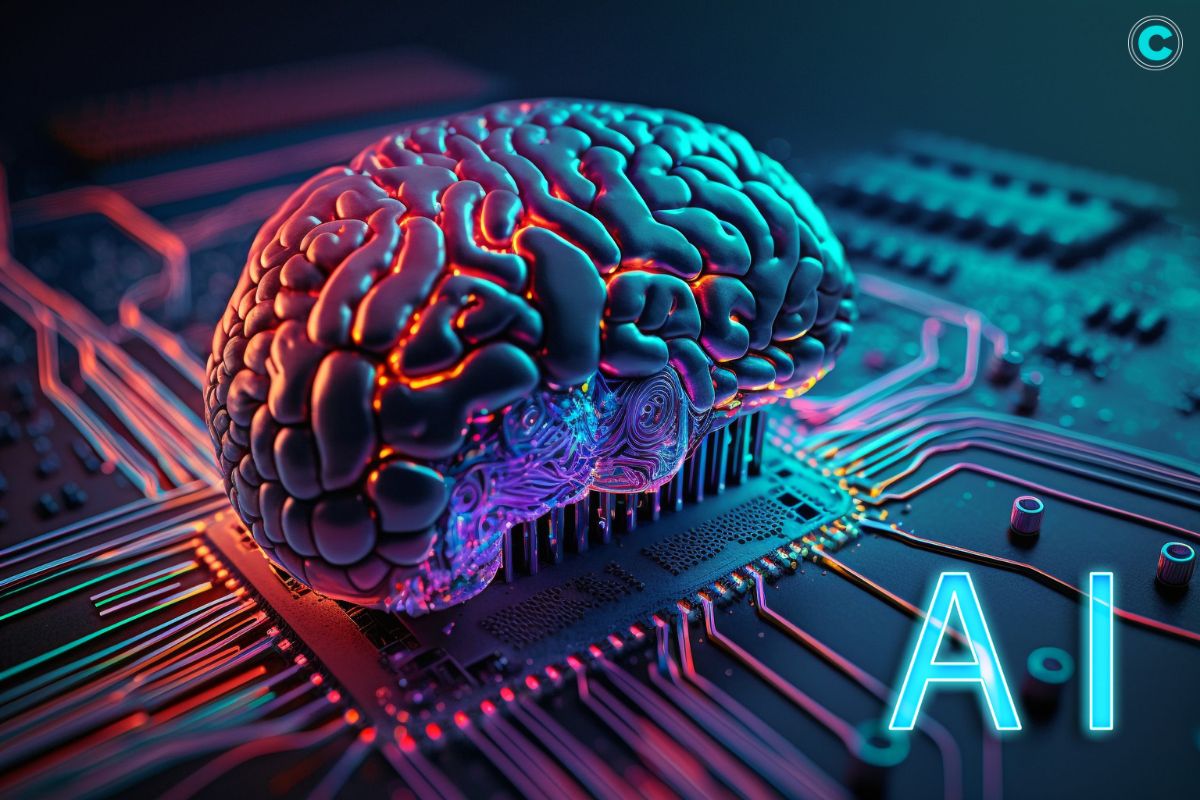(Source – CivilsDaily)
AI Enters the Federal Cybersecurity Arena
Federal agencies have long been at the forefront of adopting cutting-edge technologies to bolster their cybersecurity defenses. Three years ago, the buzz was all about zero trust. Today, artificial intelligence (AI) has taken center stage as the latest tool in the arsenal of government IT leaders. However, amidst the enthusiasm for AI’s potential, there’s a prevailing sense of caution among federal cybersecurity practitioners.
AI is not entirely new to the cybersecurity landscape. Indeed, it has been quietly integrated into various tools and processes for some time. Paul Blahusch, the Chief Information Security Officer (CISO) for the Department of Labor, noted that AI and machine learning have likely been utilized in antivirus software and threat intelligence analyses for years. However, the current excitement around AI, fueled in part by advancements like ChatGPT, has brought it to the forefront of discussions within the cybersecurity community.
Skepticism Surrounding AI Implementation
Despite the allure of AI, many cybersecurity experts are approaching it with a healthy dose of skepticism. Concerns loom large, particularly regarding the quality of data AI systems rely on. Paul Blahusch, the Chief Information Security Officer (CISO) for the Department of Labor, highlights the classic computing adage: “garbage in, garbage out.” He emphasizes the risk of adversaries manipulating data to mislead AI systems, potentially leading to flawed conclusions and compromised defenses.
During a recent webinar hosted by the Advanced Technology Academic Research Center, Blahusch and other cyber professionals voiced reservations about the unchecked adoption of AI. While acknowledging AI’s presence in existing cybersecurity tools, they underscored the need for a more discerning approach to maximize its benefits. Jennifer R. Franks, Director of the Government Accountability Office’s Center for Enhanced Cybersecurity, expressed her reservations about AI as well, cautioning against relying too heavily on automation at the expense of human oversight.
Balancing Innovation with Risk Management
Jennifer R. Franks, Director of the Government Accountability Office’s Center for Enhanced Cybersecurity, stresses the importance of integrating AI into federal cybersecurity practices while maintaining a vigilant eye on potential vulnerabilities. Franks emphasizes the necessity of human oversight in tandem with AI-driven automation, highlighting the critical role human decision-making plays in managing complex cyber threats.
Youssef Takhssaiti, a former federal IT manager turned industry expert, advocates for a cautious yet proactive stance towards AI adoption. While acknowledging AI’s potential to revolutionize cyber defense, Takhssaiti urges procurement officers to prioritize security and data privacy when selecting AI solutions. He emphasizes the need for thorough vetting of AI products to ensure they do not introduce new vulnerabilities or compromise sensitive data.
In conclusion, federal cybersecurity professionals agree that AI presents both promise and peril in the ongoing battle against cyber threats. While embracing innovation, they advocate for a balanced approach that integrates AI with established mitigation strategies, ensuring robust defense against evolving cyber risks. As the landscape continues to evolve, maintaining a commitment to adaptability and resilience remains paramount in safeguarding critical digital infrastructure.






